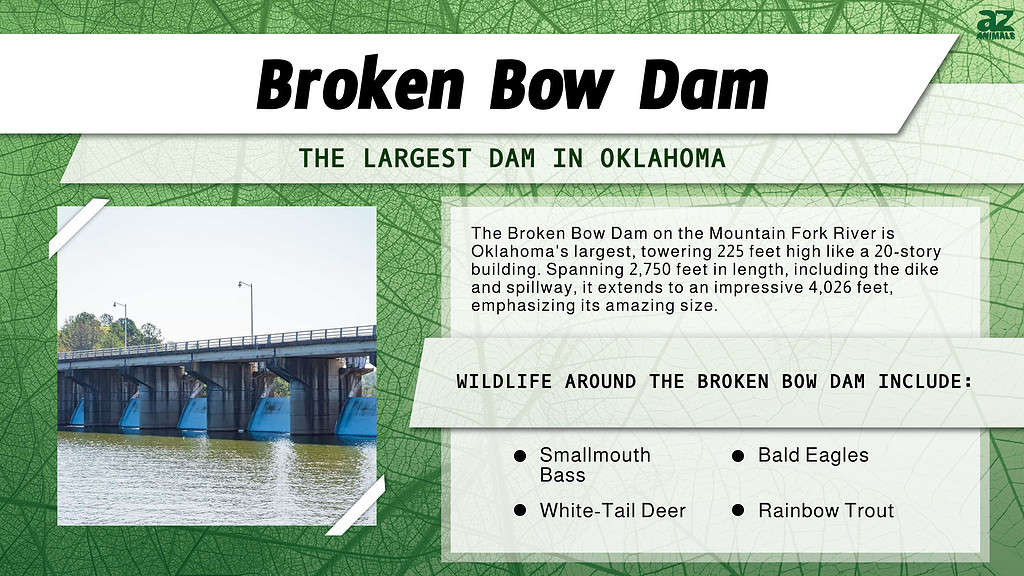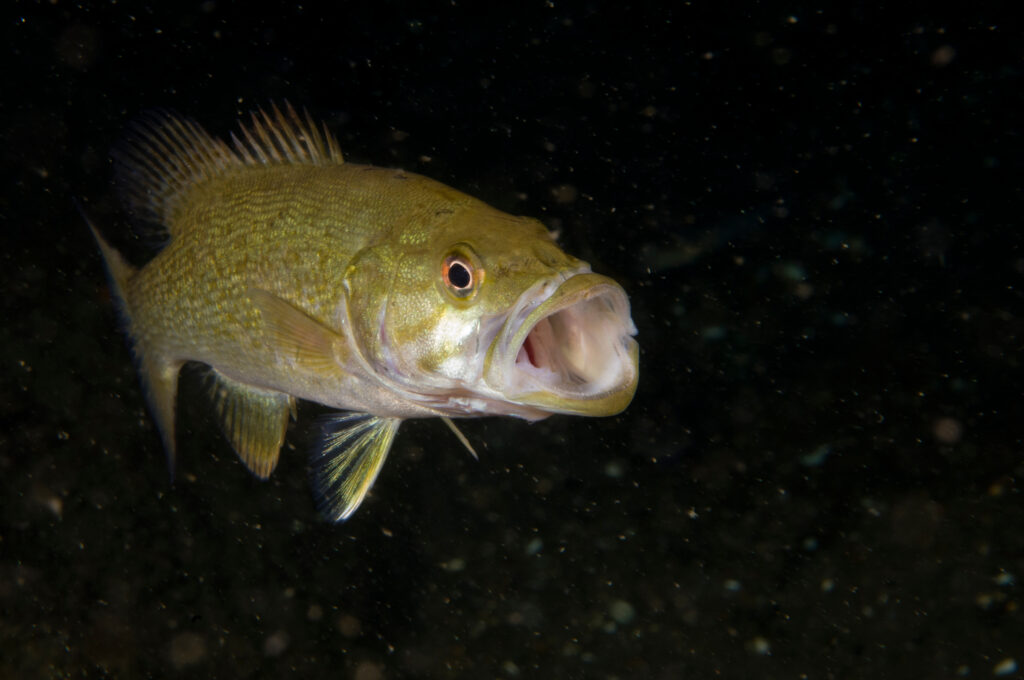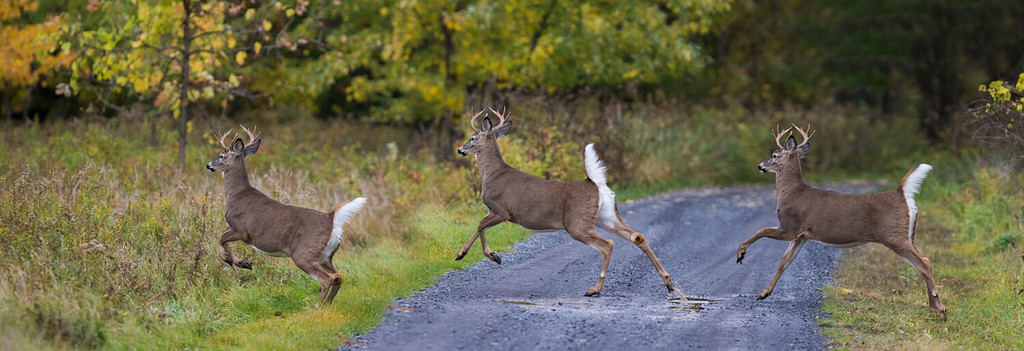Since the fourth century B.C.E., humans have been using dams to enhance their civilizations. The very first dam, the Jawa Dam, was built in modern-day Jordan. Farmers used it to irrigate crops and control water supply. The same is true today, though we have advanced to be able to produce power from dams as well. Dams and reservoirs are also excellent for flood control and aquatic life, as is the case with the largest dam in Oklahoma!
What Is the Largest Dam in Oklahoma?

Impeding the Mountain Fork River, the Broken Bow Dam is the largest dam in Oklahoma. Standing at 225 feet high, the Broken Bow Dam is as tall as a 20-story building. It is 2,750 feet long, with a total length of 4,026 feet, counting the dike and spillway.
The Broken Bow Dam is a rolled, earth-filled dam or also known as an embankment dam. Workers built it by pressing successive layers of dirt, with a facing of crushed stone which withstands wind or rain erosion. This design also has a large spillway fashioned of concrete. The spillway adds protection in case a washout should run over the dam.
The Broken Bow Dam impounds the Mountain Fork River, which is a tributary of the Little River. The reservoir behind the dam is named Broken Bow Lake. It has a water volume of 918,070 acre-feet. This dam is located in McCurtain County, Oklahoma, which is the third largest county in Oklahoma.
The Broken Bow Dam’s primary purposes are flood control, hydroelectric power, and water supply. The formation of Broken Bow Lake also provides for the fish and wildlife in the area and serves as a recreational spot for residents.
Who Owns the Largest Dam in Oklahoma?

The US Army Corps of Engineers (USACE) Tulsa District owns and operates the dam.
©RaksyBH/Shutterstock.com
The US Army Corps of Engineers (USACE) Tulsa District owns and operates the dam. The USACE is an engineer formation of the United States Army that works to maintain the Engineer Regiment, oversee military constructions, and develop civil works projects.
Civil works projects fall into these main categories: improving navigation, flood and storm protection, and aquatic ecosystem rehabilitation. This could look like building and operating dams in states across the country. Or, they may dredge areas for better waterway navigation. Also, an area might need environmental redevelopment by constructing fish hatcheries or wastewater treatment plants. The USACE provides 24 percent of the country’s hydroelectric power through its hydroelectric projects.
Besides designing and building the Broken Bow Dam, the USACE Tulsa District is in charge of the dam operation and maintenance, hydropower operations, and Broken Bow Lake.
The Construction of the Broken Bow Dam
The construction of the Broken Bow Dam was authorized by the Flood Control Act of 1958, which Congress passed in July of 1958. It commissioned the construction, repair, and preservation of public works on rivers and harbors for the purposes of navigation, flood control, and more. It was authorized again by a Flood Control Act approved in October 1962.
The USACE Tulsa District designed the project and oversaw its development. They broke ground on October 1961, contracting the Nello L. Teer Company, which is based in Durham, North Carolina. The impoundment of the Mountain Fork River started in October of 1968. And USACE installed the first power unit in January 1970, with a second unit put in place five months later.
What Would Happen if Broken Bow Dam Ever Broke?

Judging by the damage to communities, not to mention the flooded habitats of wildlife downstream, the flood disaster of 2015 gives us a good picture of what might happen.
©Diane079F/Shutterstock.com
In 2015, Oklahoma experienced record-breaking rainfall that caused flooding in cities like Del City and Oklahoma City. Dam operators had to open the flood gates on Broken Bow Lake to relieve the pressure, resulting in an additional rush of water down the Mountain Fork.
The city of Broken Bow was underwater. At one point, the rising swells trapped 13 people. Rescue crews tried to reach them, and at one point, crews had to airlift them to safety. Roads and bridges were submerged, and many were without power. Although the dam did not fail, Broken Bow Lake’s capacity could not accommodate the unmanageable flooding Oklahoma experienced.
Judging by the damage to these communities, not to mention the flooded habitats of wildlife downstream, the flood disaster of 2015 gives us a good picture of what might happen.
Wildlife Around the Largest Dam in Oklahoma
Because of the Mountain Fork River and Broken Bow Reservoir, many animals call the area around Broken Bow Dam home. Here is some of the fantastic wildlife around the largest dam in Oklahoma.
Smallmouth Bass

Smallmouth bass are carnivorous fish whose diet consists primarily of small fish, insects, crustaceans, and other aquatic organisms.
©RLS Photo/Shutterstock.com
These fish have a unique fusiform shape, which means their bodies are tapered at both ends. Add this to their incredible muscle build, and it makes for fish that are very efficient swimmers. This is helpful as they navigate through strong river currents.
When young, their diet is mainly comprised of zooplankton, insect larvae, crayfish, and tiny fish. But once they reach adulthood, smallmouth bass eat insects, amphibians, crayfish, and even cannibalize the young of other smallmouth bass. However, crayfish usually comprise 50 percent of their diet.
Bald Eagle

Bald eagle in flight with a sockeye salmon in his claws.
©iStock.com/Schaef1
Broken Bow Lake is abundant with fish, which draws predatory birds such as the eagle. Besides hunting the variety of fish in the lake, bald eagles also target mice, chipmunks, and ground squirrels found around the lake.
Female bald eagles are generally larger than males, reaching 14 pounds with an eight-foot wingspan. Males weigh seven to 10 pounds on average, with a wingspan of six to seven feet. At four to five years old, bald eagles reach maturity and develop their iconic white head and magnificent tail feathers.
Bald eagles mate for life and can live to be 30 years old or longer.
White-Tail Deer

Able to reach speeds of 40 miles per hour, the white-tail deer can even swim up to 13 miles per hour.
©Mircea Costina/Shutterstock.com
Most white-tail live an average of 5 years out in nature, though some have been recorded to live up to 11 years old. But, when domesticated, a white-tail deer can live up to even 20 years.
They may not look it, but they’re very fast creatures. Able to reach speeds of 40 miles per hour, the white-tail deer can even swim up to 13 miles per hour. Their long stride also helps them to cover a lot of ground quickly. With a stride length of up to 25 feet, their quick abilities allow them to outpace predators like wolves, bobcats, and coyotes.
White-tail deer have a four-chambered stomach that helps them process very tough vegetation. Their sharp incisors help them break fibrous vegetation, and their formidable molars are perfect for grinding down food for digestion. However, white-tail deer have the ability to eat foliage without chewing, coughing it up later to chew into a more digestible paste. With as many predators as the white-tail deer has, this is a helpful adaptation!
The Benefits of the Largest Dam in Oklahoma
The largest dam in Oklahoma provides many resources, such as electricity and water reserves, for times of drought. Also, Broken Bow Lake has complemented the wild habitats around it, offering a home to many fish and reptiles. All in all, Broken Bow Dam is an asset to McCurtain County.
Where is The Broken Bow Dam Located on a Map?
The Broken Bow Lake is a reservoir found in southeastern Oklahoma and is neatly tucked away on the Mountain Fork River, approximately 9 miles northeast of the town of Broken Bow in McCurtain County.
Here is The Broken Bow Dam:
Thank you for reading! Have some feedback for us? Contact the AZ Animals editorial team.







